Who's Counting
(17 color prints, 48″x31″)
Who’s Counting looks at what the artists have in their home. Everything from how many teaspoons are in a drawer to the number of pillows on the bed have been photographed. If it is not attached to the wall, it is counted as an object. Room by room the artists look at how many objects they own. How many things do you own? The number may surprise you.
>May 25 - Sept 18, 2011 Frost Art Museum, Miami, FL
>View school kids take away from the exhibition



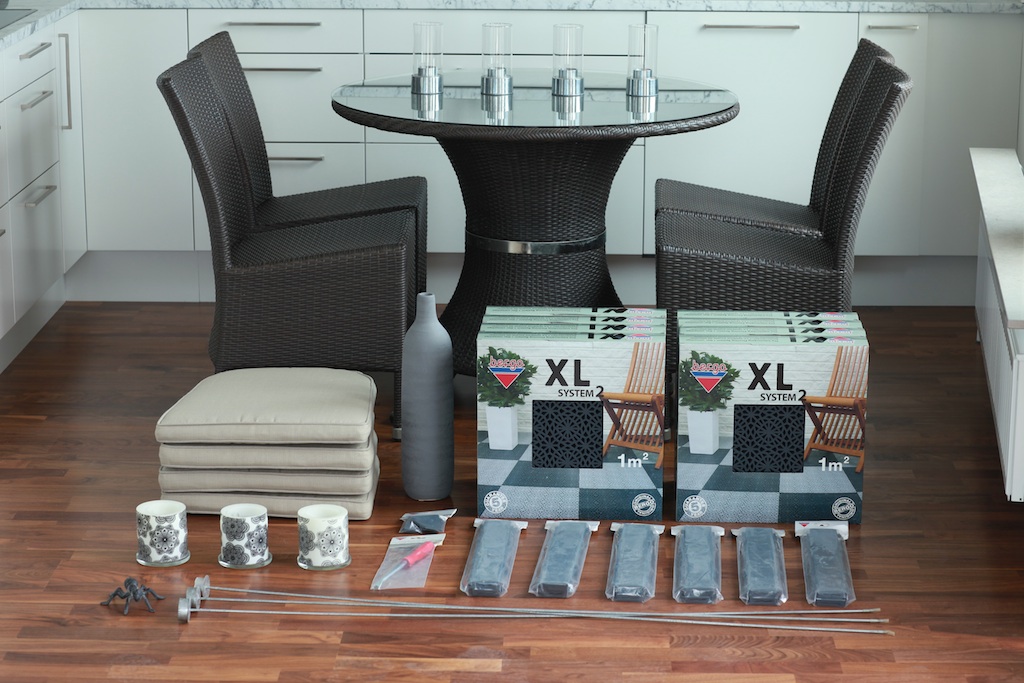

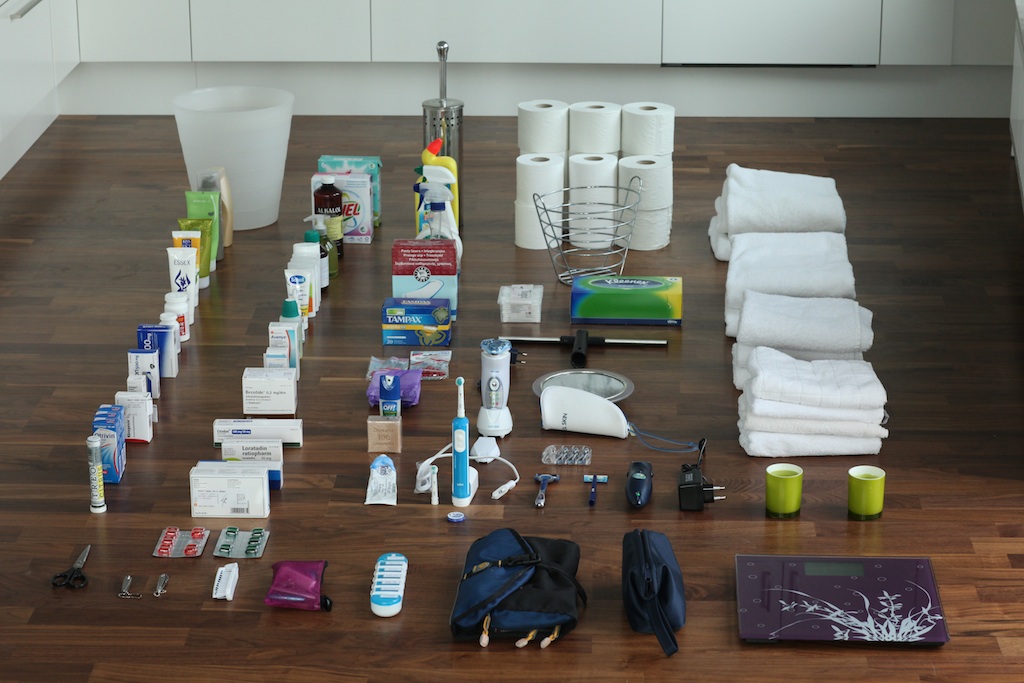
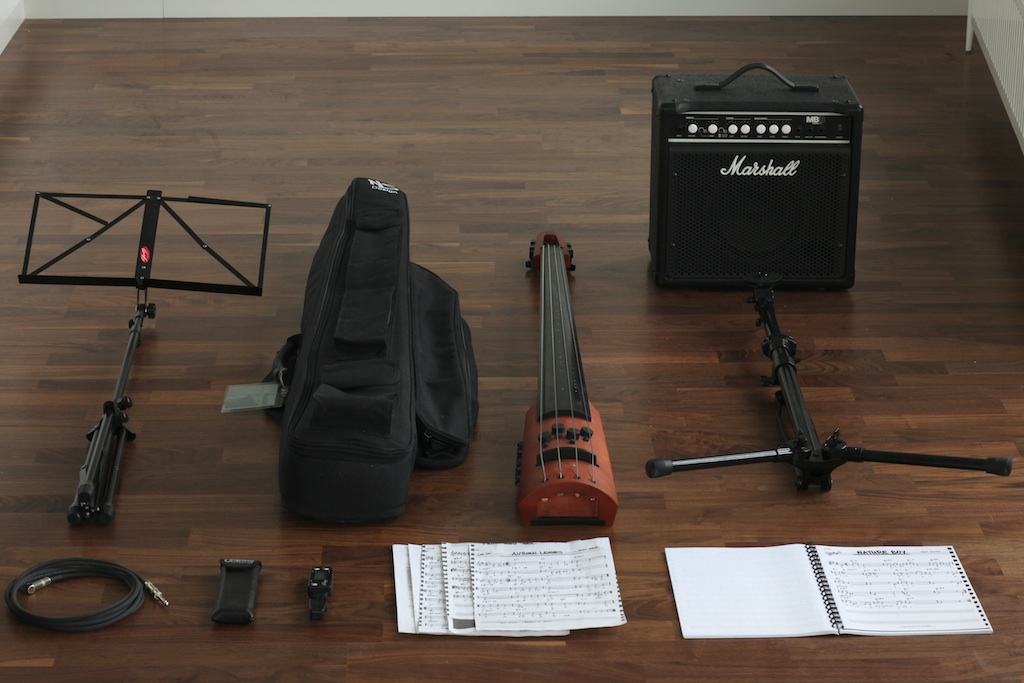

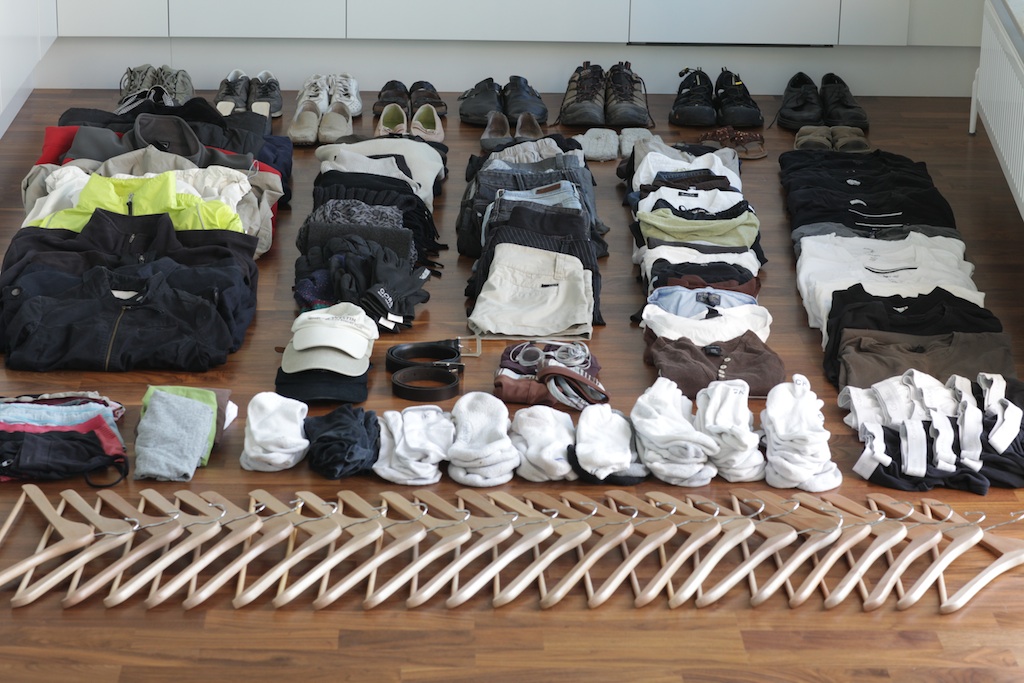
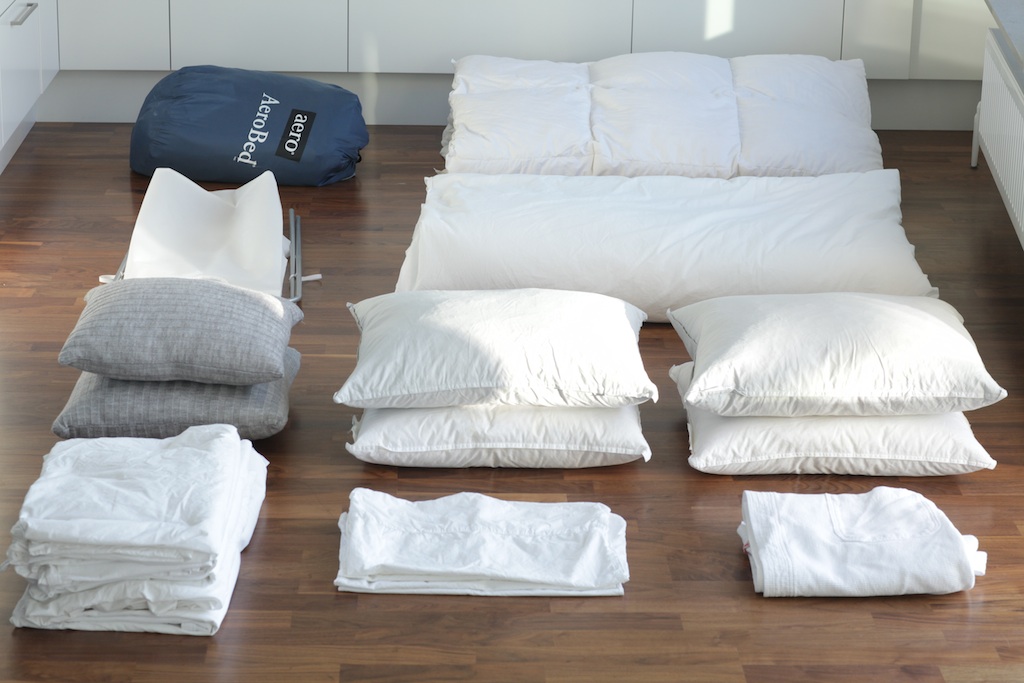



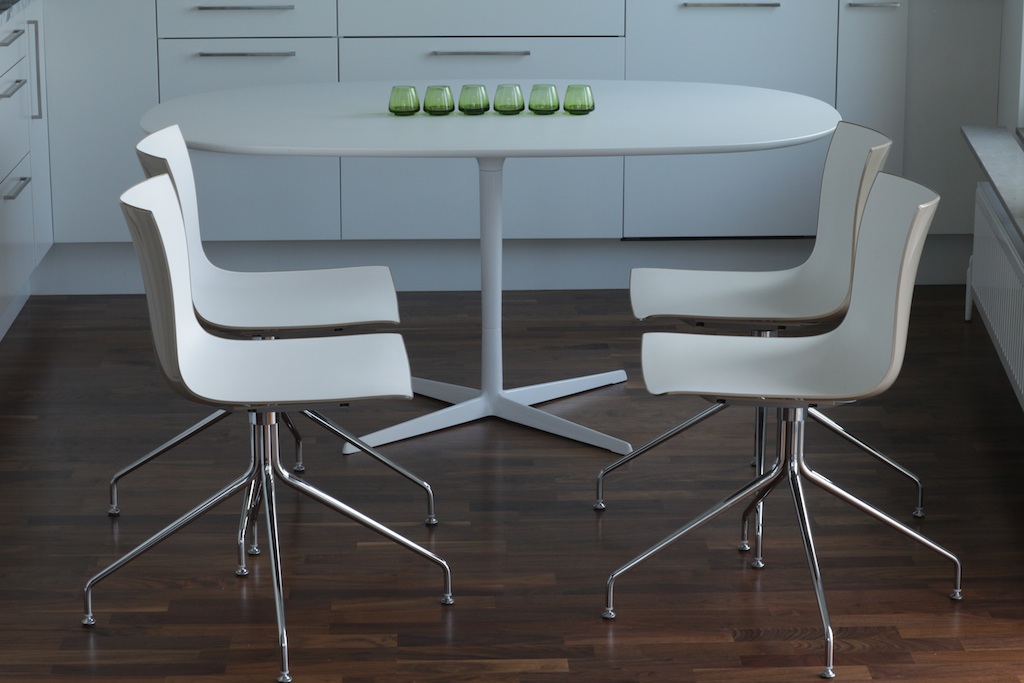



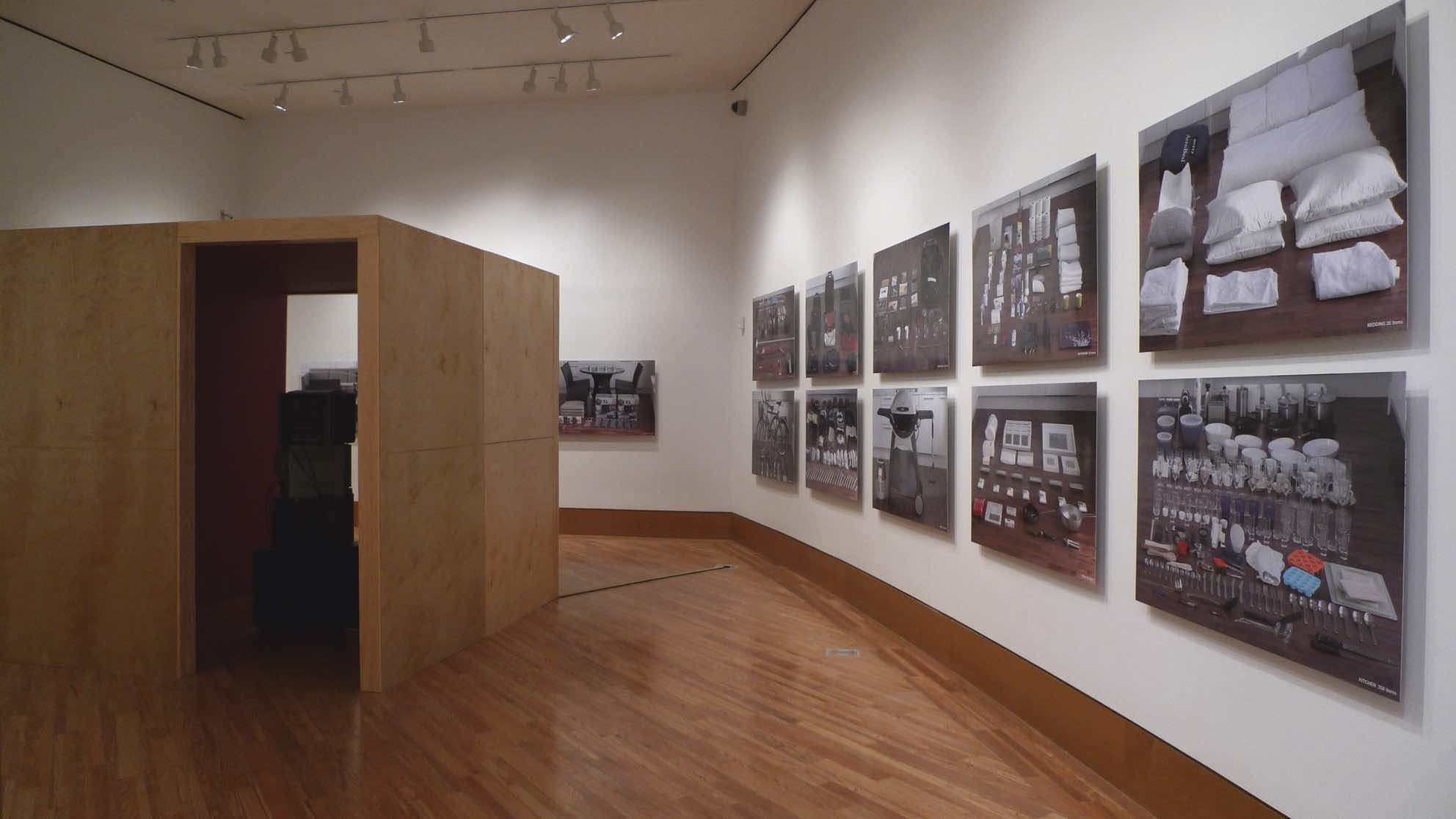
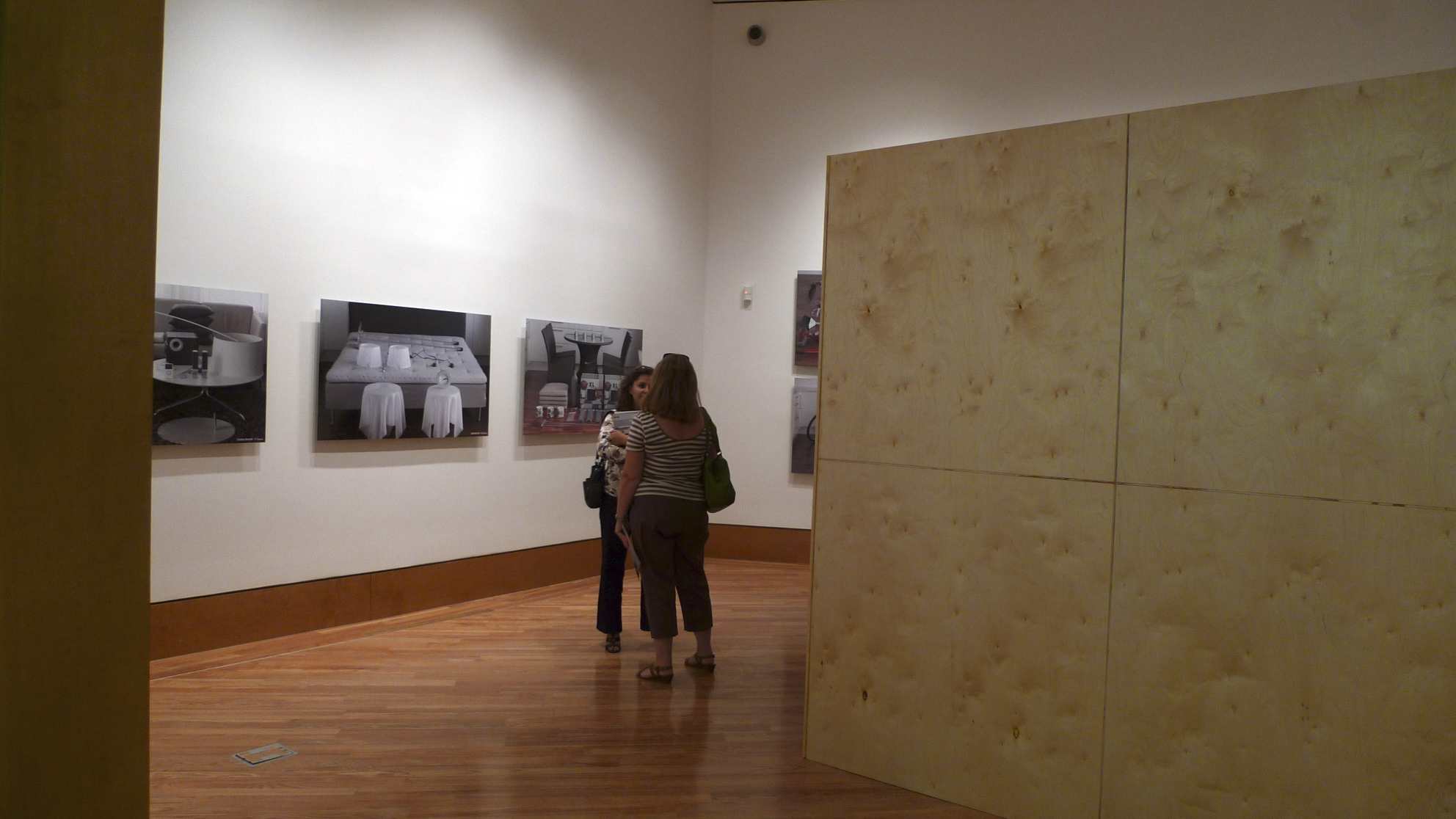
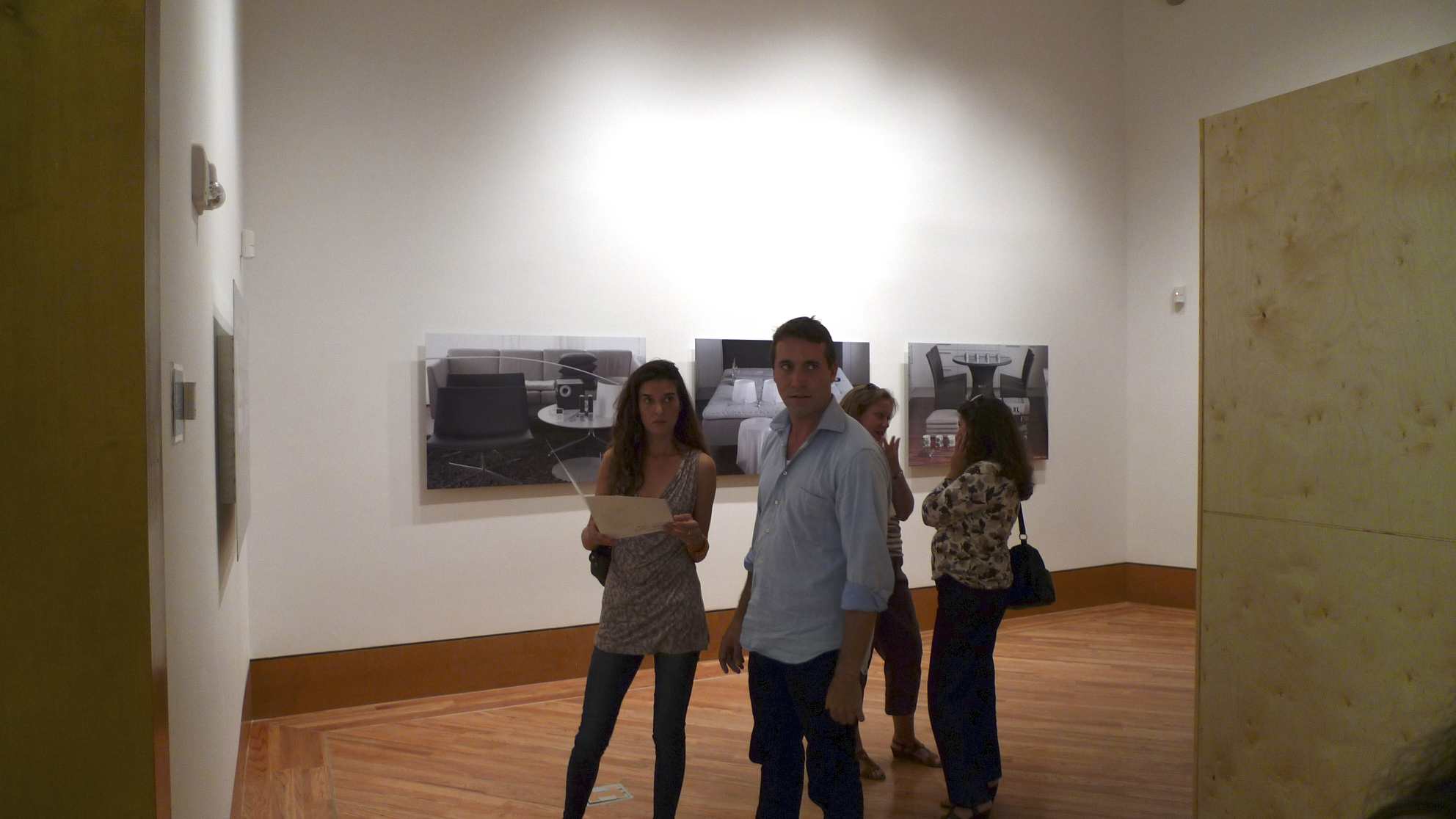
“Curator Paula Marie Hildebrandt: We don’t want to capitulate in the face of environmental catastrophe nor do we want to preach that everyone needs to learn to downscale. What we need is a fundamental cultural shift at all levels of society.”
Who's counting…
In the consumer world we live in today we have reached a saturation point for our "Stuff". You can look in many garages in America and you probably won't find a car but a staging area for things that are headed to the storage unit. Crazy as this sounds today Americans have more objects than they can physically fit in their homes. So the typical scenario goes something like this, buy it, use for a short while, put in the closet, decide to clean house, move to it the garage, the garage is overflowing, don't want to sell just yet (might need it someday), rent a storage unit, leave it there for an average of 15 months, then haul it to your local landfill. Of course this requires you to purchase an SUV and home that has a minimum of 2800 square feet plus a two car garage.
There are 1.875 billion square feet of personal storage space in America today or another way to think about in real terms is every American has the equivalent of 4 square feet around them. This is the average per capita share of the Great Americas self storage space.
We've become a nation of "Accumulators". We consume 40% of the worlds resources and we make up 7% of the worlds population. Hmm. When I think back to my early years growing up I lived in a 1400 sq. ft home with one bathroom and a one car garage.
In those days we parked the car in the garage and didn't have much "stuff" and never heard or thought of the concept of a "Storage Unit". Since the early eighties it seems America has changed it's appetite for many things. The products we consume, the food we eat and where and how we live and work. Today I know people who don't think twice about driving an hour each way to work or who think "bigger and more is better" I saw a bumper sticker a number of years ago that said "he who dies with the most toys wins" Wins what? This is the question we have been thinking about and one we want our project to focus on.
We want to examine how we consume, what we consume and ask the question do we need all of this to be happy. What if I proposed a scenario that looked something like this. For a family of three, a 1500 sq. ft home, one car garage, small closets, little storage and you could only have 1000 items in your home. This would even include the spoons and forks. What if you could walk or ride a bike, or take a form of public transportation to work and it took no more than 15 minutes. Life would be simpler and cost less. We also consume a lot less. Maybe our activities would be centered around experiences rather than things.
If America is the role model for the rest of the world should we set a good example?

